Looking again, she realized that this was just an AI photo used by a Facebook page to illustrate a sentimental post. Notably, this was the second time she was “almost” fooled by AI. Before that, she also mistook the video “‘retired people’ meeting ‘summer vacationers’” for real people and real events.
Working in the media industry and regularly exposed to AI content, Ms. Linh has to admit that this technology has developed so quickly and sophisticatedly that it is difficult to distinguish between real and fake.

Experts agree with this view. Tools like Google Veo 3, Kling AI, DALL·E 3, Midjourney... have achieved the ability to create incredibly realistic images and videos.
Mr. Do Nhu Lam, Training Director, Blockchain Technology and Artificial Intelligence Institute ABAII, pointed out that thanks to multimodal technology and advanced language models, these tools can synchronize images, sounds, facial expressions and natural movements, creating highly convincing products.
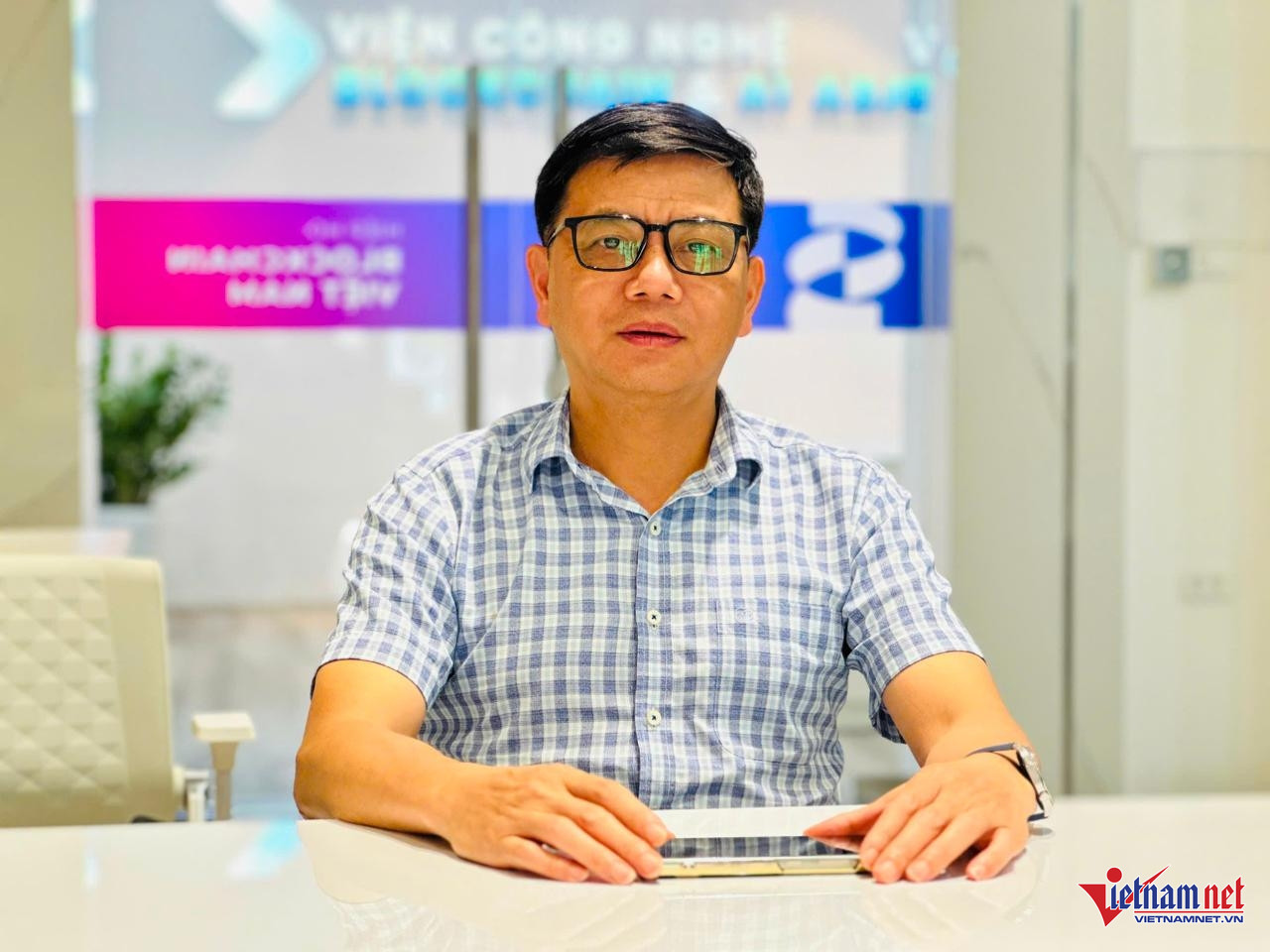
Mr. Lam commented that the advances in AI open up great potential in areas such as content creation, advertising, entertainment andeducation . However, this ability to recreate "truly" also poses many challenges in ethics, control and information security, as the boundary between reality and virtuality is increasingly blurred.
The Facebook post that Ms. Linh saw attracted nearly 300,000 interactions and more than 16,000 comments. Many users rushed to congratulate or express their feelings without knowing that this was just an AI illustration. Some more “sober” people criticized “netizens for being too naive” for letting AI fool them.
On Facebook groups and forums, it is not difficult to see AI videos created and shared by users. In particular, the appearance of Google Veo 3 has significantly increased the quality of videos, especially the voice matching the character's mouth shape. If you do not pay attention and watch carefully, viewers can easily get confused.
Staying sane in the age of AI
Photos and videos made by AI are difficult to distinguish, posing great risks to users, especially vulnerable groups who are not proficient in technology. According to Mr. Vu Thanh Thang - Director of Artificial Intelligence (CAIO) of SCS Cyber Security Joint Stock Company, AI is being used by cybercriminals in fraud (bypassing biometric systems, eKYC...), impersonating famous people to spread false information, causing public confusion. There are many cases of high-tech criminals taking advantage of AI to create deepfake photos, impersonating relatives to make video calls to scam money.
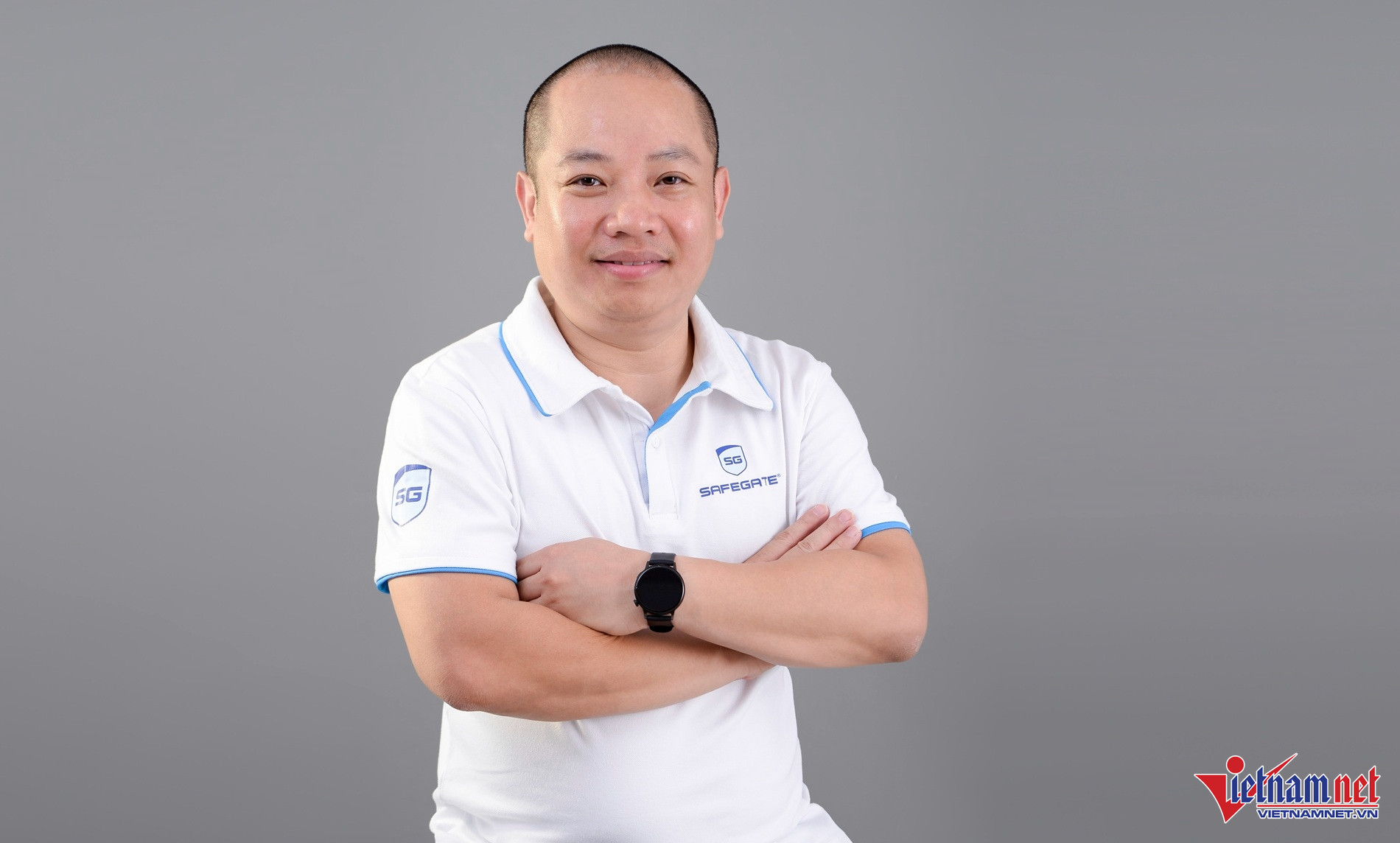
According to Mr. Thang, businesses are also potential targets for AI criminals. They can use AI Deepfake to impersonate employees, bypass security systems to unlock attendance, and impersonate business leaders to defame and destroy reputation.
Sharing the same opinion, Mr. Do Nhu Lam of ABAII pointed out three consequences for individual users caused by AI: financial fraud, defamation of reputation and exploitation of private information. For businesses, the company Arup lost 25 million USD after employees of its Hong Kong branch were tricked into participating in a deepfake video meeting and transferring money as requested.
Another equally serious risk is that when people cannot distinguish between real and fake, public trust in the media and official news sources will be eroded.
Mr. Lam cited a Reuters Institute 2024 report showing that the percentage of global users who trust news on media platforms has dropped to its lowest level in a decade, largely due to the emergence of deepfake content.
According to expert Vu Thanh Thang, “we are in an era where all information can be faked and is no longer a ‘risk’.” Therefore, it is necessary to raise awareness and apply personal protection measures, learn more about AI to live in peace .
The two experts recommend that users always verify and authenticate information before making decisions; equip themselves with knowledge to identify fake content; limit sharing personal information online; and report acts of spreading fake content. “Only by being proactive and knowledgeable can users truly protect themselves and contribute to building a safer cyberspace in the digital age,” said Mr. Lam.
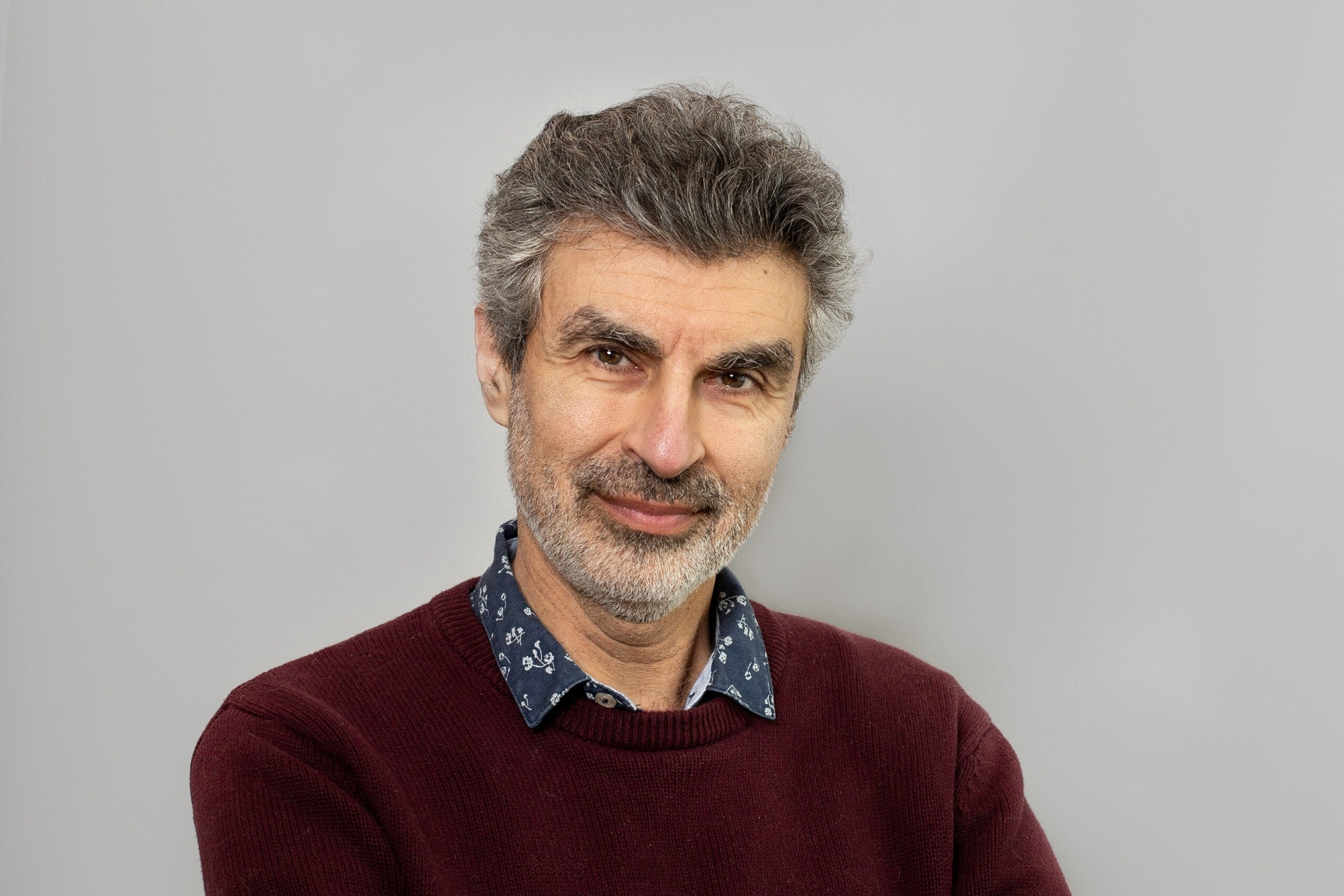
Source: https://vietnamnet.vn/anh-ai-tran-ngap-facebook-tuong-vo-hai-nhung-cuc-nguy-hiem-2408883.html








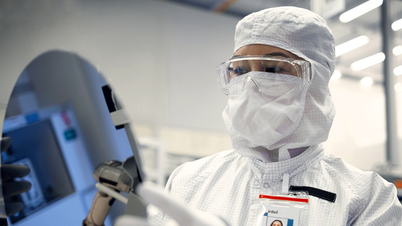

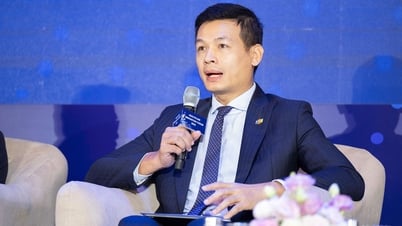















































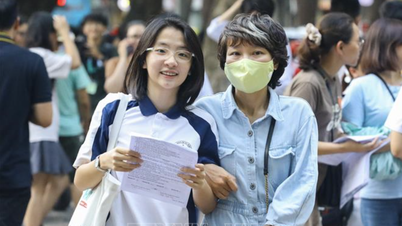








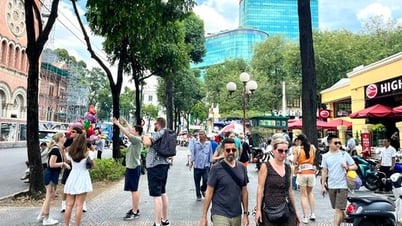

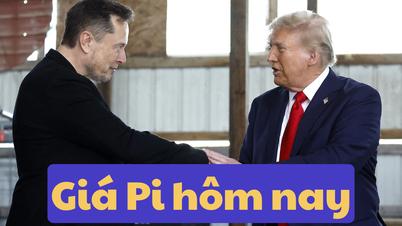





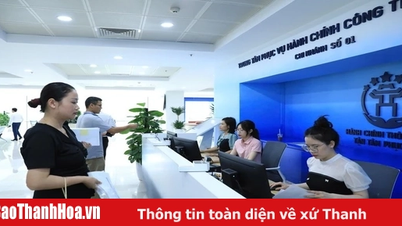

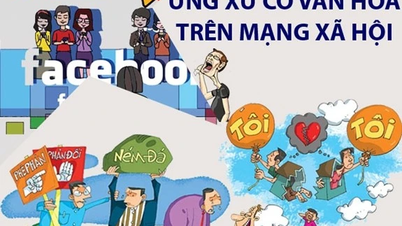









![[OCOP REVIEW] Tu Duyen Syrup - The essence of herbs from the mountains and forests of Nhu Thanh](https://vphoto.vietnam.vn/thumb/402x226/vietnam/resource/IMAGE/2025/6/5/58ca32fce4ec44039e444fbfae7e75ec)



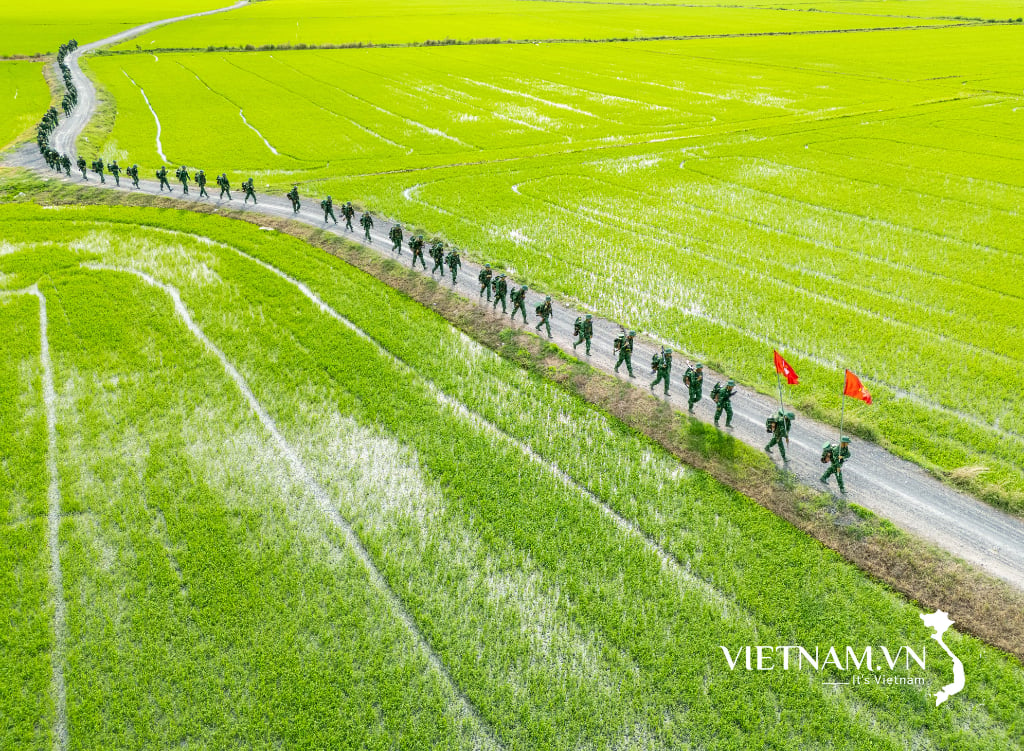
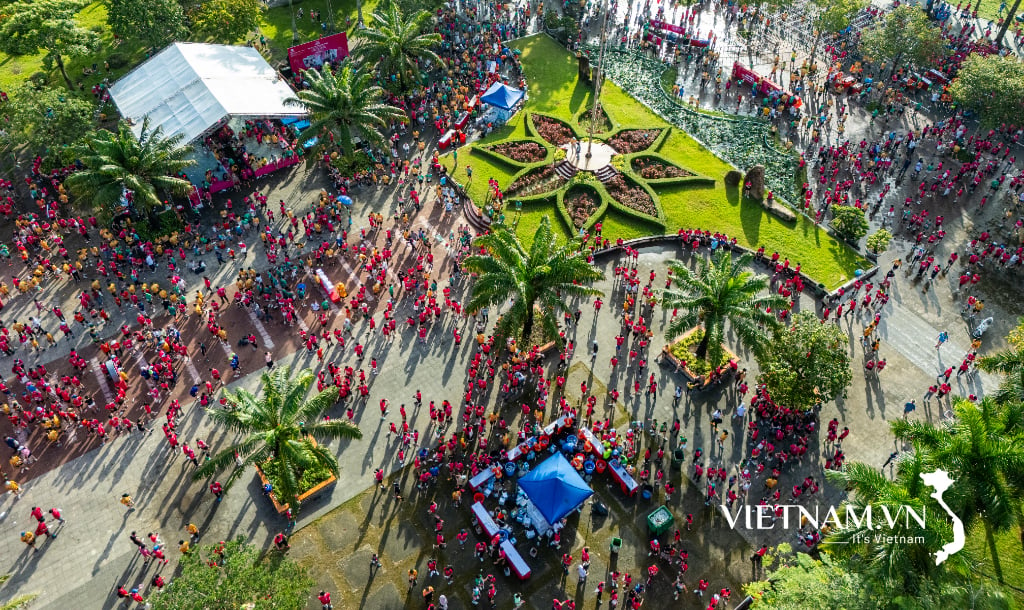
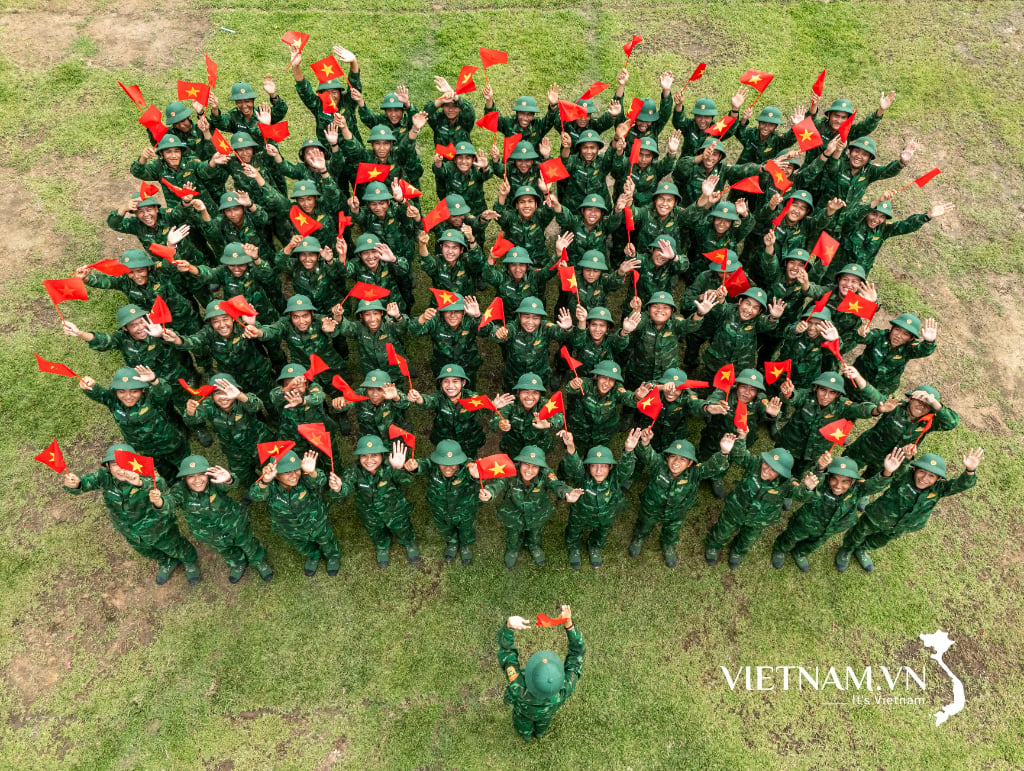
Comment (0)